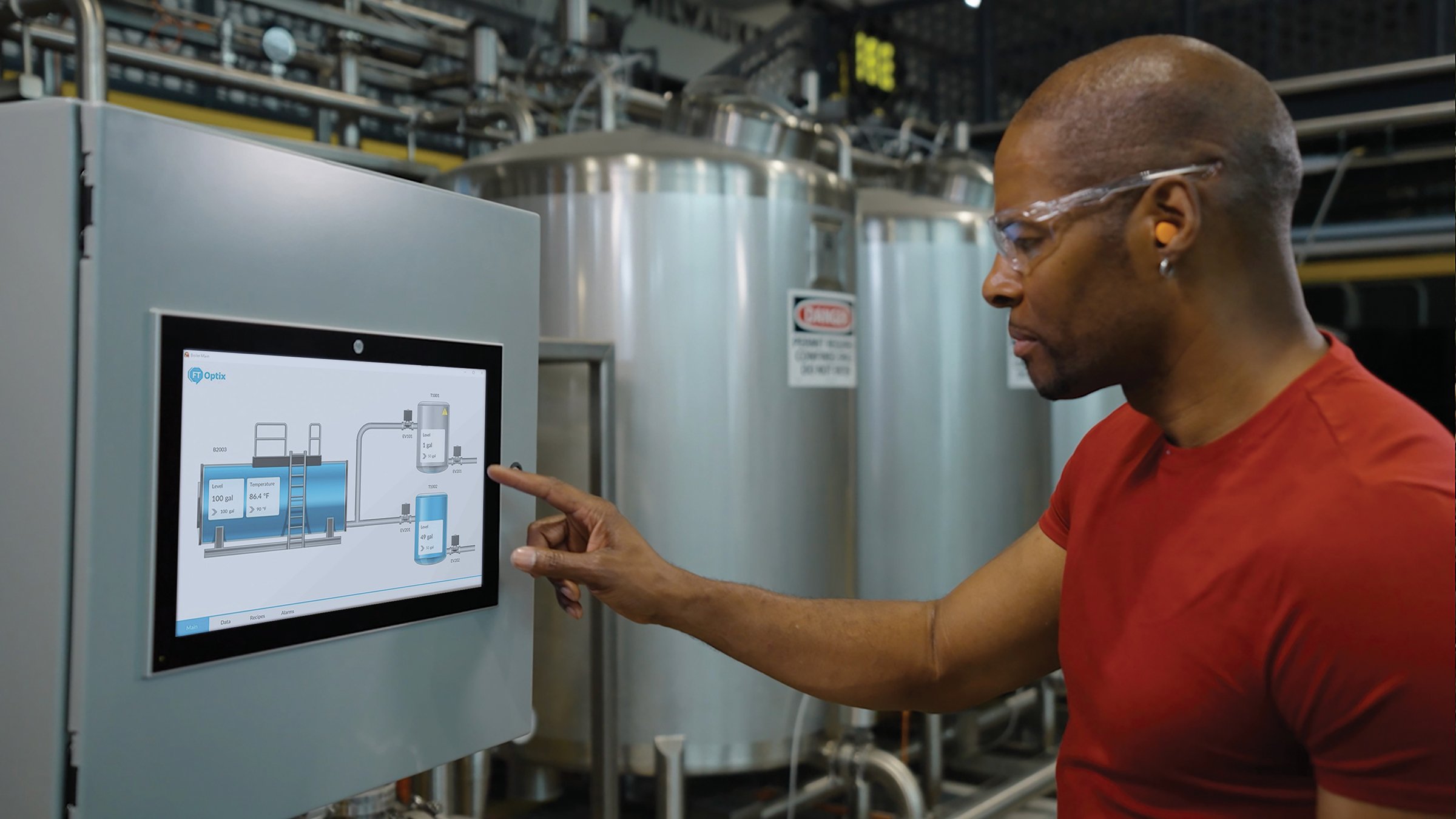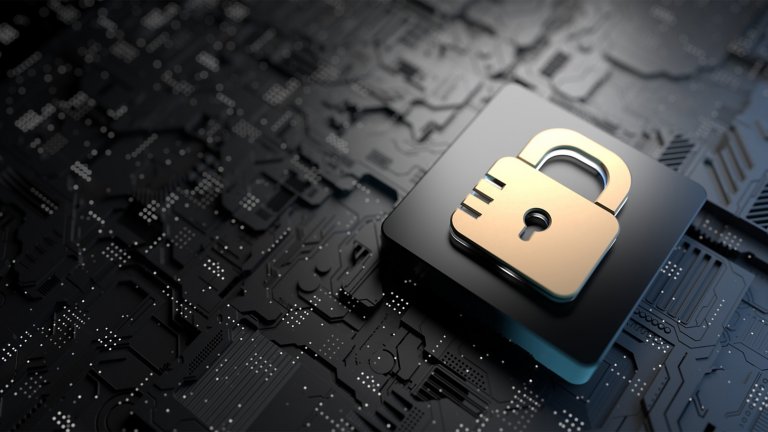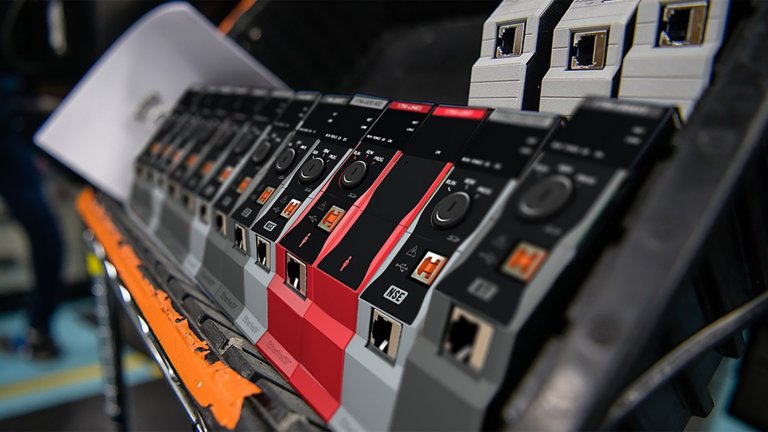By Susan Burtch, Lead Commercial Portfolio Manager, Visualization Software, Rockwell Automation
The increased use of digital transformation and automation has created a growing need for seamless integration of human-machine interface (HMI) software and controllers in manufacturing. Let’s explore the reasons, challenges, system considerations and benefits associated with this integration for various stakeholder groups.
The Imperative for Integration
Manufacturers continually need to streamline operations, improve efficiency, reduce production costs and maximize resources and capacity. Technological advances have enabled a tighter integration of the HMI and controller, with the controller providing manufacturers with a single source of data truth.
This integration extends to both HMI and controller applications. Consequently, companies are merging engineering teams and consolidating resources, becaise there’s no longer a need for separate application development.
Previously, application development for the HMI and controller involved importing tags, defining tag metadata, maintaining tag references throughout the HMI, and mapping the data tags to the controller. This approach was labor-intensive and exposed systems to potential errors.
Integration eliminates duplication, minimizes errors and streamlines system design and programming, resulting in a simplified process and improved workflow that enhances business continuity and operational smoothness by unifying efforts.
In addition, alarm management plays a vital role in any control system. Integrated systems simplify alarm setup and maintenance in one location, reducing effort and risk. With alarms integrated into the controller, data remains steady even during communications loss, because integrated systems cache and recover alarms.



